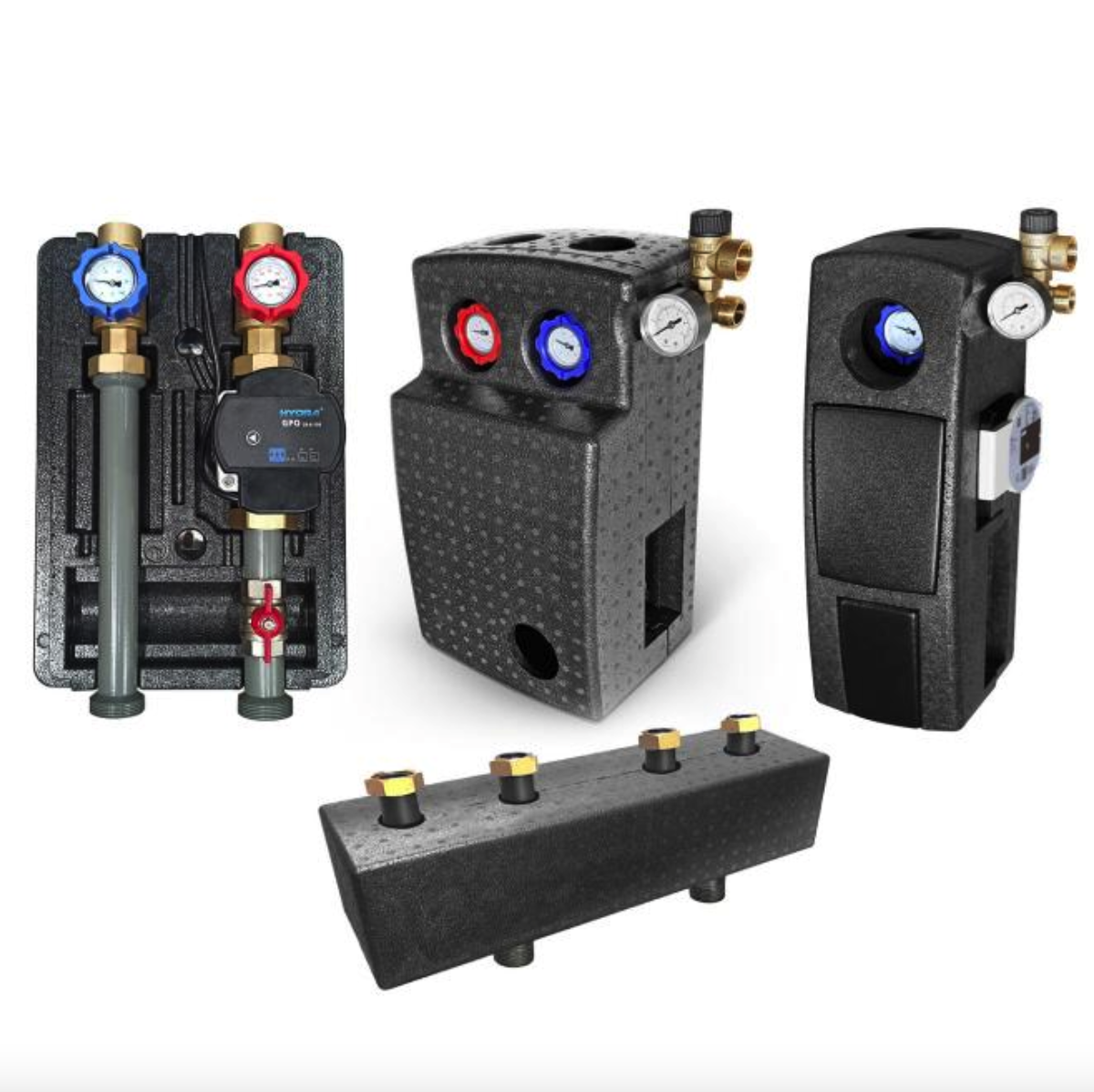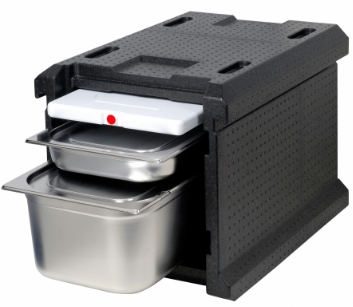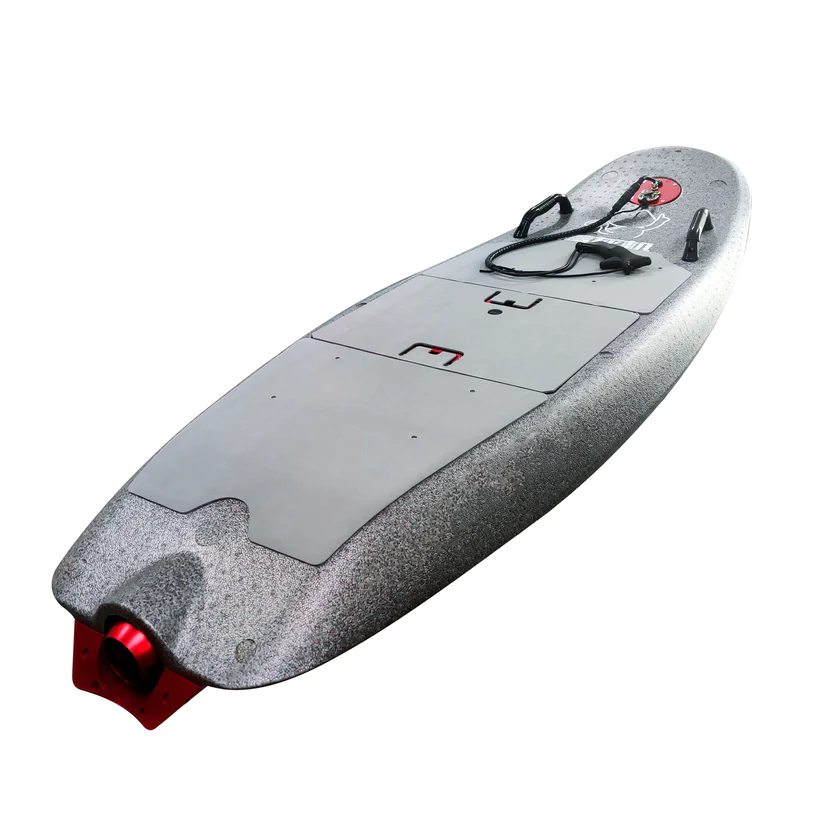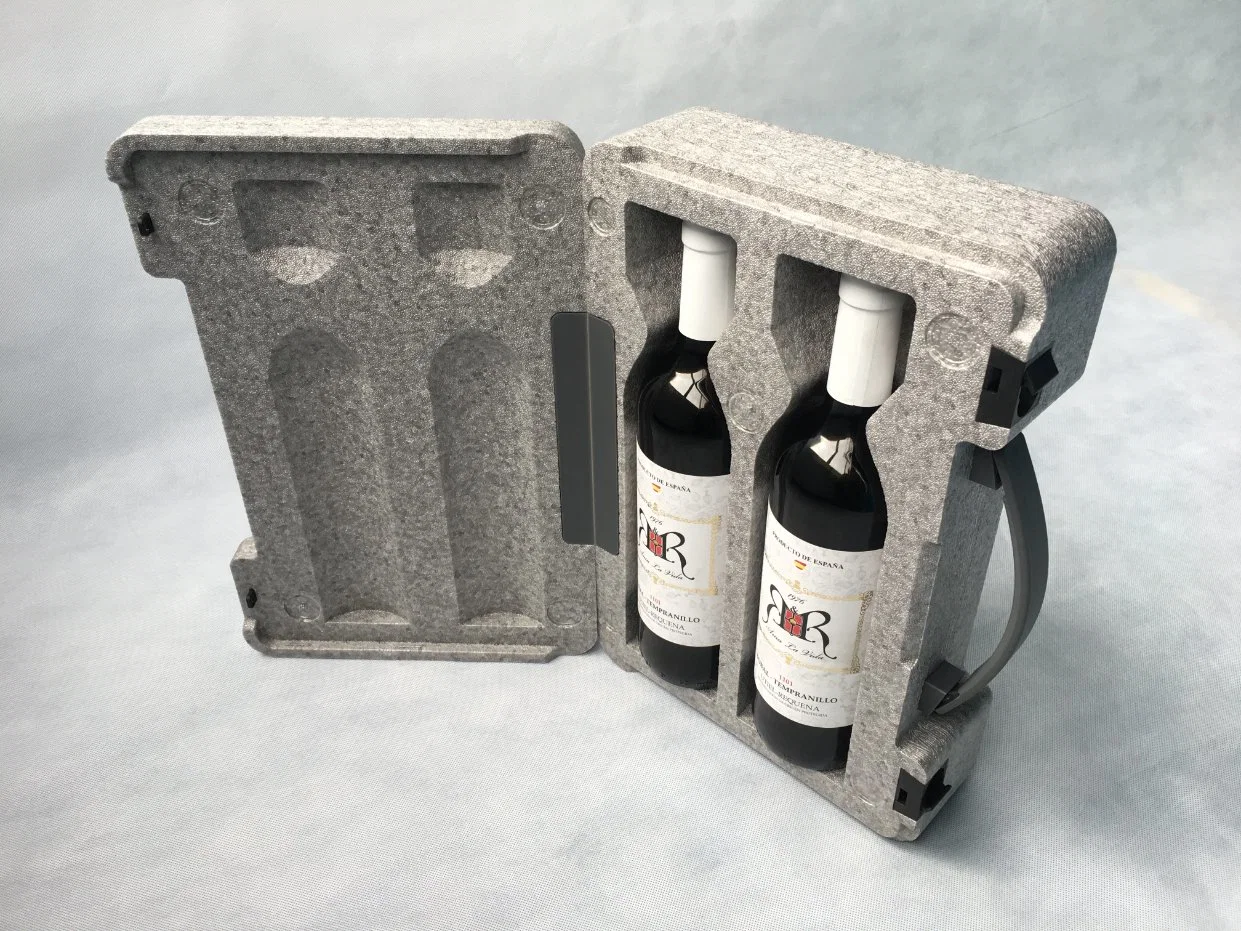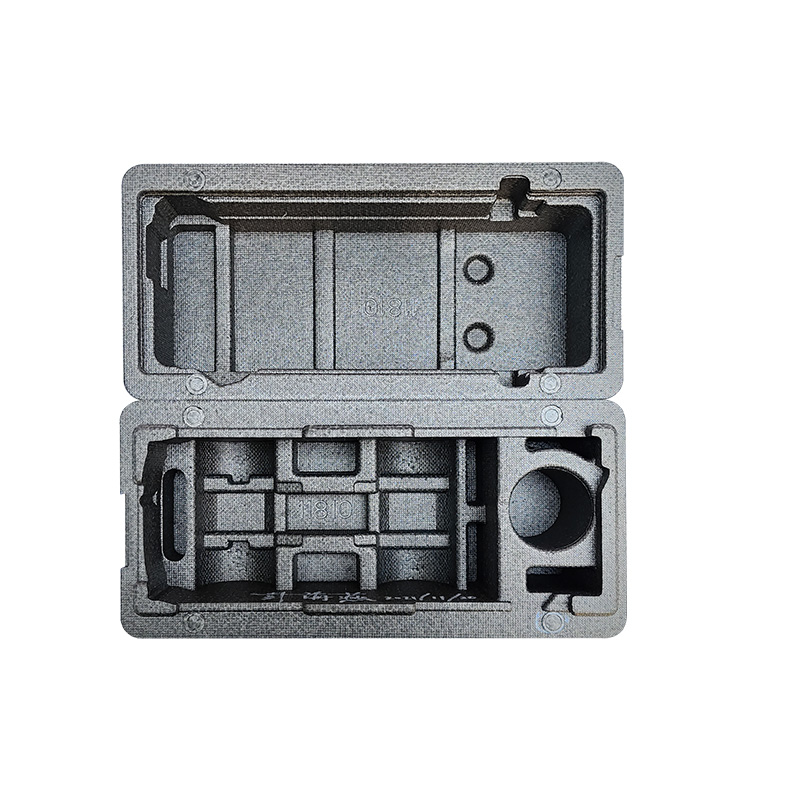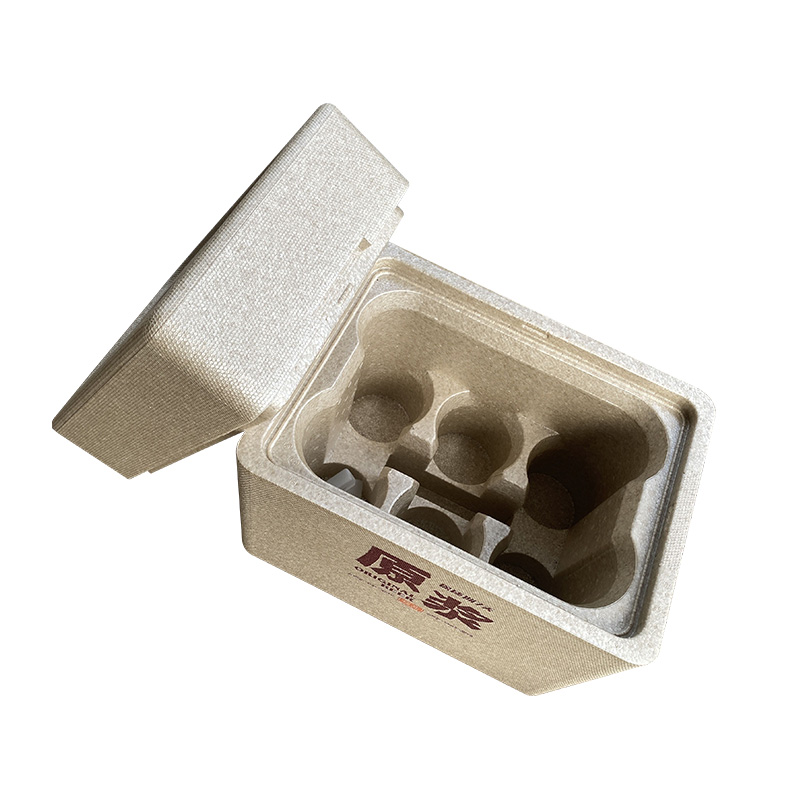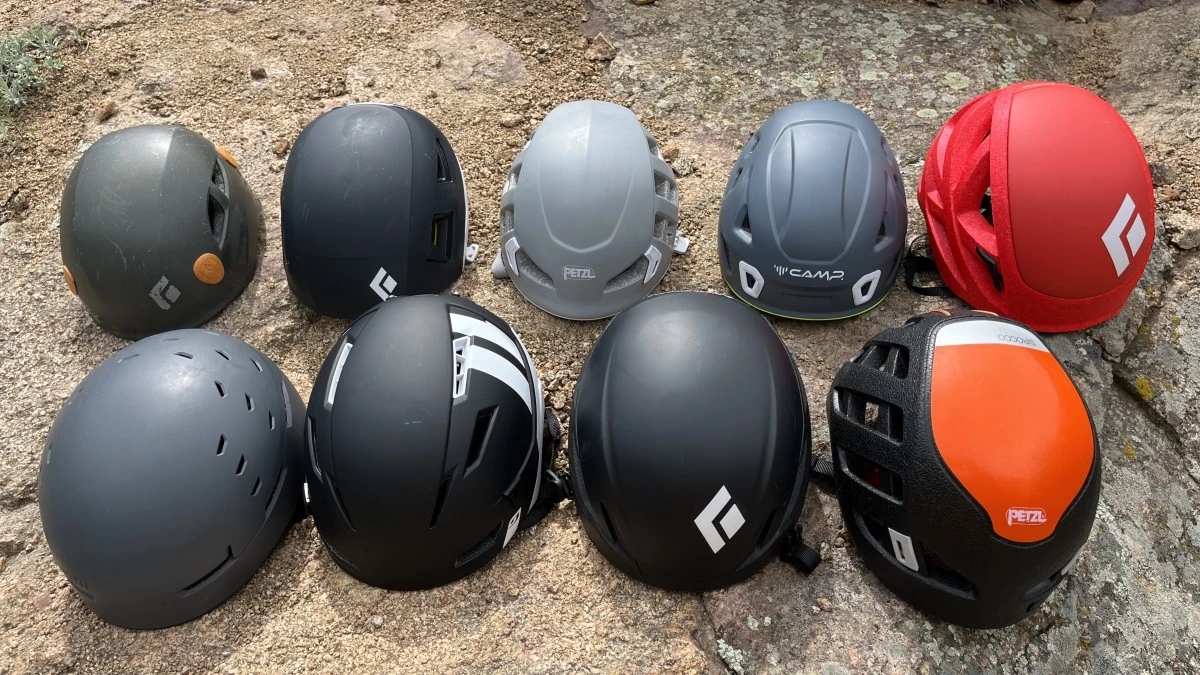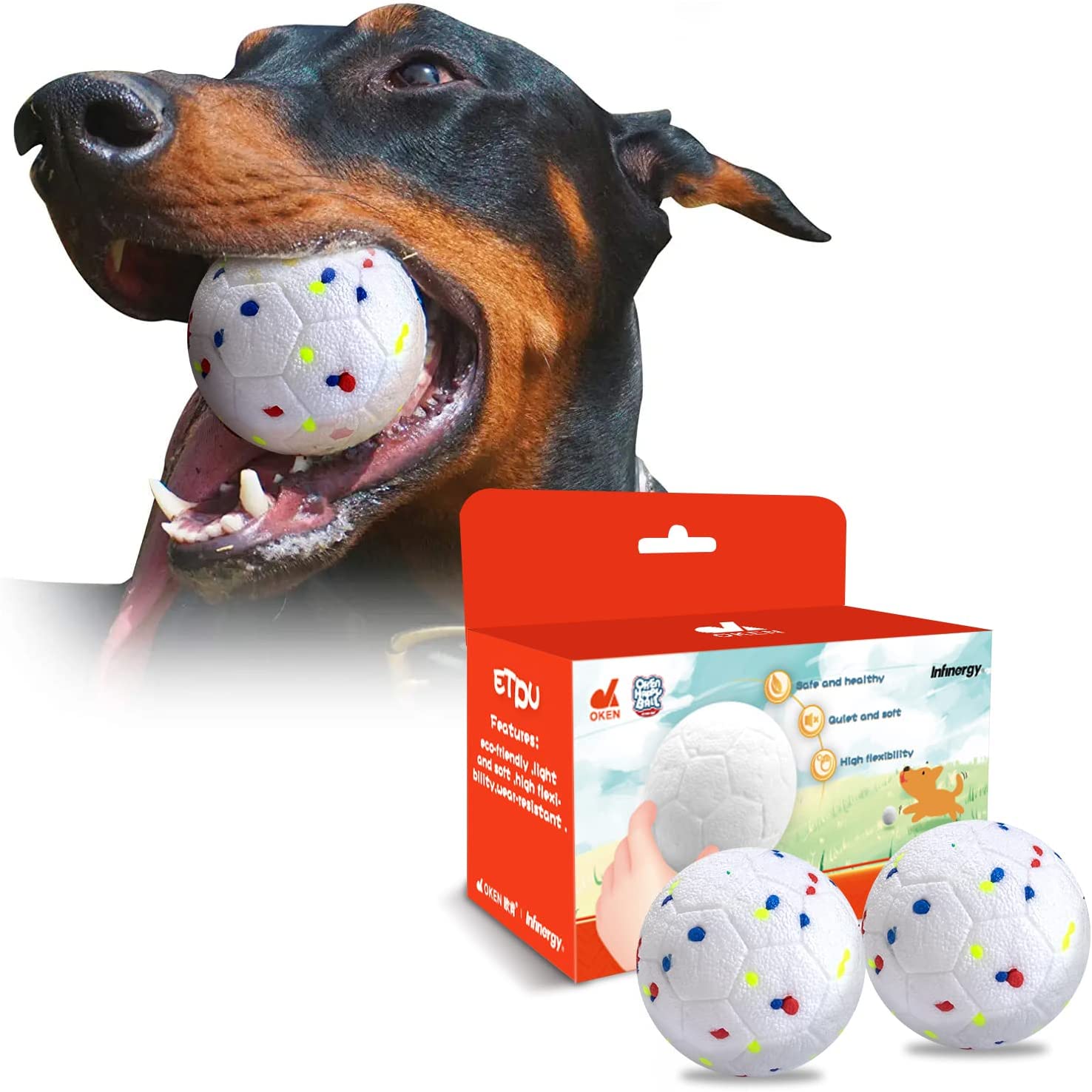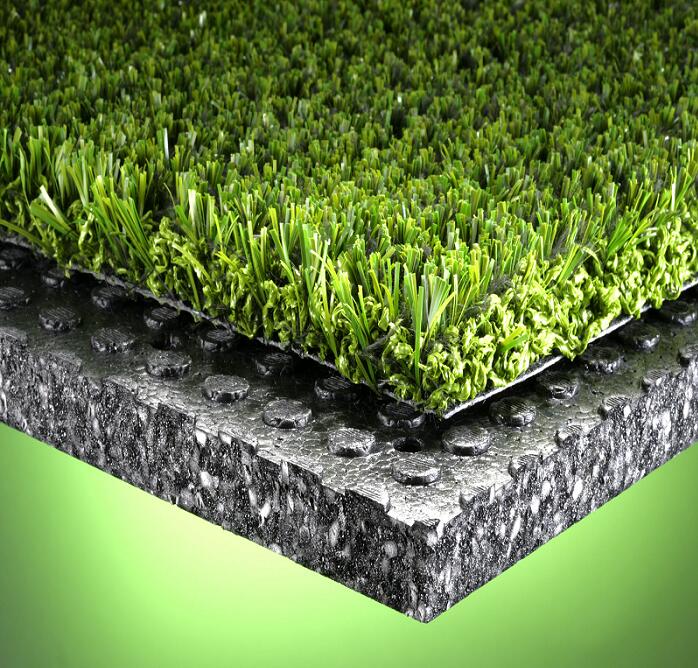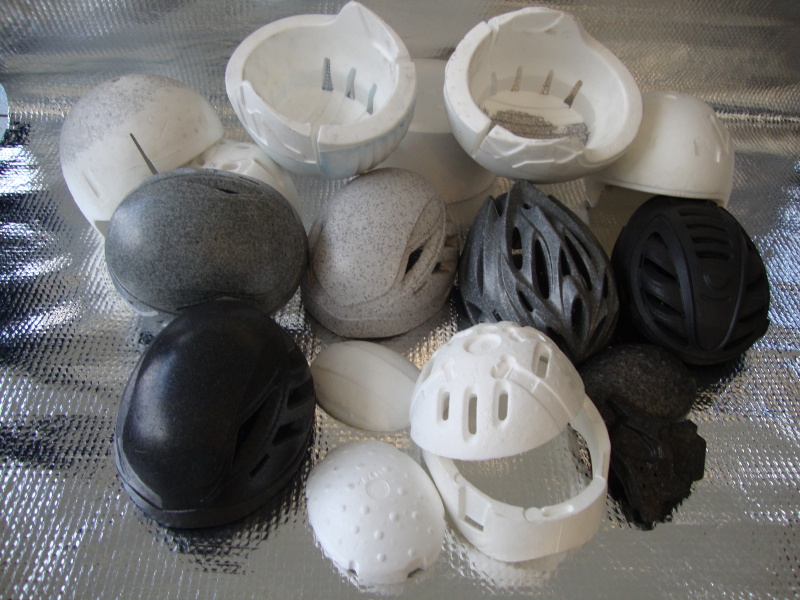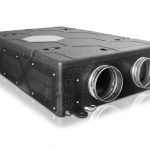-
How EPP foam can be beneficial for HVAC structure casing
EPP is an excellent material choice for HVAC structural parts because it can be molded into complex shapes without losing its resiliency.The design flexibility of EPP enables key system components such as pumps, boilers, valves, heat-exchangers and control mechanisms to be universally housed in EPP to improve their insulation.
넶0 2024-04-01 -
Transport and insulation made easy with EPP foam boxes
EPP foam cooler and heat insulation boxes are increasingly popular for various cooling and storage needs due to their excellent insulation properties, durability, and lightweight construction.
넶1 2024-04-01 -
EPP foam insulation boxes
EPP insulation boxes have become indispensable companions for many families during outdoor activities such as picnics, camping, and travel. Whether it's cold drinks, fruits, or cooked food, as long as they are placed in EPP insulation boxes, they can be kept fresh and at the desired temperature, allowing you to enjoy delicious food even outdoors.
넶5 2024-03-22 -
EPP foam, Expanded Polypropylene, is a popular material for various applications due to its lightweight, durable, and buoyant properties.
For surfboards and efoils, EPP foam can be an excellent choice due to its buoyancy and impact resistance.
넶10 2024-03-21 -
Here's how EPP foam is utilized in wine packaging:
Expanded Polypropylene (EPP) foam is commonly used in wine packaging applications due to its excellent cushioning and protective properties.
넶10 2024-02-27 -
Reasons for choosing EPP foam material for packaging
EPP foam material, as a new environmentally friendly packaging material, has excellent buffering performance, soft touch, environmental protection and recyclable, wide range of applications, good heat insulation performance, strong durability and other characteristics, so it is widely used in the field of packaging.
넶30 2023-11-27 -
EPP insulation cooler box is your ideal choice!
This is our EPP insulation box, a thermal insulation equipment made of advanced EPP materials. Whether it is in catering, medical, industrial and other occasions that need insulation, or in picnics, outdoor activities and other mobile occasions, EPP insulation cooler box is your ideal choice!
넶16 2023-11-27 -
What are Helmets Made of?
Learn about the differences in materials used to construct a helmet.
Expanded Polypropylene (EPP) foam is often chosen for helmet liners due to its unique set of characteristics that make it well-suited for impact protection and comfort. Here are some reasons why EPP foam is commonly used in helmet liners:넶32 2023-11-27 -
Why choose ETPU foam material for pet chew toys
ETPU materials provide a unique combination of durability, safety, and comfort that make them the best choice for pet toys. Whether you’re looking for a chew toy, a ball, or a flying disc, consider investing in an ETPU pet toy for hours of fun-filled playtime with your furry friend.
넶33 2023-08-31 -
EPP foam shockpad underlayment for Artificial Grass football playground
Using EPP foam drainage shock pad in sports artificial grass football pitch as underlay not only benefits the environment but also the sports industry as a whole. Its shock-absorbing properties can help reduce the risk of injury to athletes, while its lightweight and durable nature makes it an ideal material for sports that needs to withstand intense use.
넶39 2023-08-28 -
EPP foam helmet liner or EPS foam helmet liner for Helmet?
Foam is used for energy management in most helmets. There are many types, but EPS is still the choice for most bike helmets. The ideal foam would be stiffer in hard impacts, softer in lesser impacts, light, cheap, reliable to manufacture and easy to ventilate.
넶52 2023-08-27 -
Benefits of using expanded foams for packaging (including cost and weight reduction)
EPS, and especially EPP, are excellent protective packaging materials due to their mechanical strength and shock and vibration damping capacity. This protects the goods from careless handling, bumps in the road or an unfortunate fall.
넶60 2023-08-21 -
Benefits of using expanded foams for packaging (including cost and weight reduction)
Introduction to the environmental impact of packaging and the need for sustainable solutions
The goal of zero waste packaging is not a utopia. It is only necessary to keep in mind the whole packaging life cycle and its management, to apply ecodesign criteria and to choose those materials that best contribute to waste reduction. Of course, without compromising the shipment security.
This is where expanded foams such as expanded polystyrene (EPS), expanded polypropylene (EPP) and expanded polyethylene (EPE) become a great asset for sustainable packaging solutions.

How to use expanded foams to reduce packaging waste?
Expanded foams are ‘green packaging’ options, a term that has been abused and which we prefer to replace with ‘environmentally friendly packaging’.
These solutions enable the following strategies for packaging optimisation and waste reduction:
-
Eliminate overpacking
The risk of breakage due to impacts or constant vibrations during handling and transport has for years fuelled the overprotection of goods with excessive packaging. Expanded plastic foams, due to their excellent capacity to absorb impacts, allow packaging to be designed to meet the needs of each product.
-
Personalised packaging
One of the most useful qualities of EPP and EPS is their high mouldability, which allows packaging to be produced in multiple shapes, sizes, colours and interior layouts.
Our company do customized packaging according to the needs of each product.
We can adjust the size, shape and interior distribution of the packaging to each product, prototype and agree with the customer on optimised solutions for each case. Or reduce thicknesses and volumes where overprotection is not necessary.
All these adjustments result in a reduction of waste at the end of the packaging life cycle.
-
Reusable and returnable packaging
EPP packaging has excellent resistance to washing (including industrial washing). At the end of a cycle of use, it is sufficient to wash it and put it back into circulation for a new use.
-
Mono-materials and recyclables
Mono-material packaging (like EPS and EPP packaging) is easy to recycle mechanically. Thus, we close the virtuous circle of sustainable packaging.
This is why eco-design is so important: the end-of-life cycle must be taken into account in order to choose mono-material packaging wherever possible.
Benefits of using expanded foams for packaging (including cost and weight reduction)
Incorporating sustainability criteria into packaging often generates a lot of friction between logistics, sustainability and finance. Some prioritise the reduction of greenhouse gas emissions: for others, the priority is to ensure the integrity of goods throughout the supply chain.
All this, at the lowest possible cost. It is even better if the packaging is visually appealing and enhances the brand image, as recommended by marketing managers.
Packaging with expanded foams in EPP and EPS meets the expectations of all these departments.
Using expanded foams for packaging reduces raw material costs, enables fast and low-cost manufacturing, and provides cushioning, thermal insulation and space optimisation.
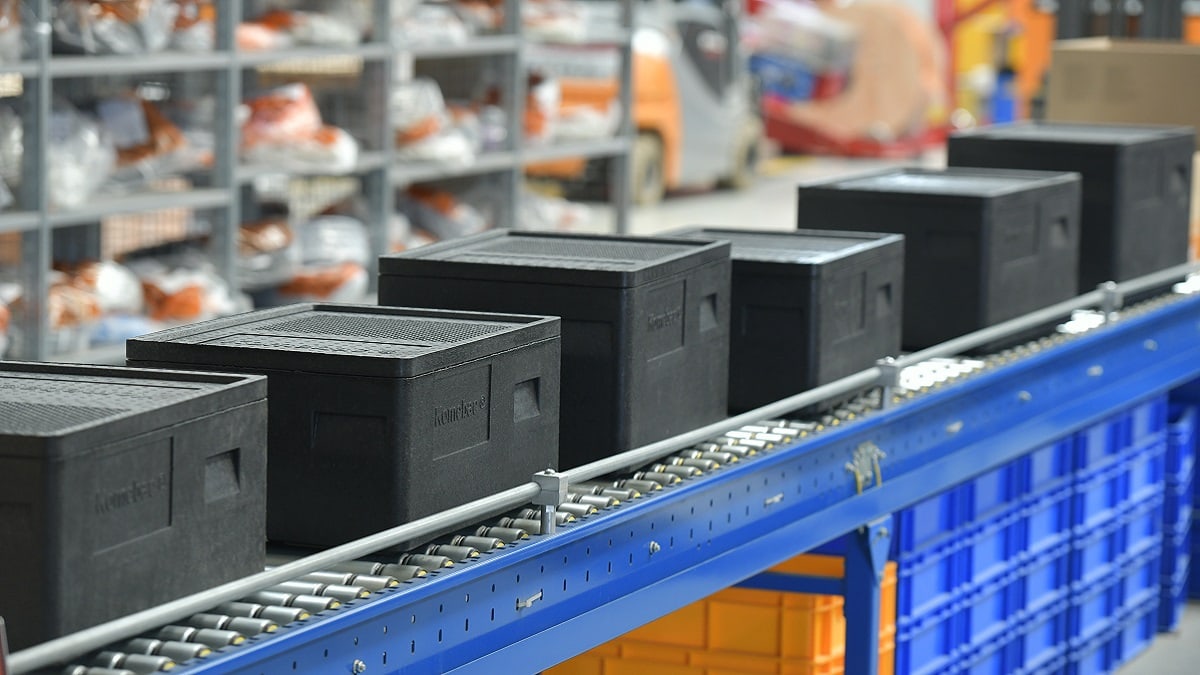
Lower raw material costs
It is common sense: if raw materials are purchased by weight, using lightweight packaging materials allows for reduced packaging costs. But there’s more: reducing the weight of the packaging also translates into a significant reduction in transport costs.
The latter is of particular interest in view of rising fuel prices and fuel price volatility, a factor that always adds uncertainty when budgeting annual logistics costs.
Fast and more cost-effective production
Injection moulding with EPP and EPS foams makes it possible to produce energy-efficient packaging easily, quickly and cost-effectively.
In case of short production runs or immediate needs (e.g., a limited collection of a product with the image of Madonna, Rosalia or the artist in fashion at the time), EPE inner combs can be added per cut.
Maximum protection
For the equation to work, these lightened materials must also be strong enough to provide the same protection with less raw material.
EPS, and especially EPP, are excellent protective packaging materials due to their mechanical strength and shock and vibration damping capacity. This protects the goods from careless handling, bumps in the road or an unfortunate fall.
High insulation
These expanding foams consist of circular cells with 98% air inside. This structure provides high thermal insulation.
In addition, they have a certain porosity that prevents moisture from condensing inside the packaging, even when closed for long periods of time.
Space optimisation
Stackable primary, secondary and tertiary packaging solutions can be developed to maximise space utilisation in warehouses and transport.
It is another way to save on transport and storage costs, thereby reducing the carbon footprint of the packaging and associated processes, without compromising the integrity of the boxes.

Specific applications of expanding foam packaging in various industries
The electronic components industry, the pharmaceutical industry and the food industry are three of the industries that make the most of EPS and EPP packaging features.
In the first case, electronic equipment and components, which are very sensitive to impacts and humidity, benefit from the absorption of possible shocks or vibrations and from the absence of condensation inside.
Pharmaceutical and other bio-health sectors take advantage of the isothermal capacity of these packs. In particular, for the transport of thermolabile medicines, biological samples and vaccines, when refrigerated transport is not available.
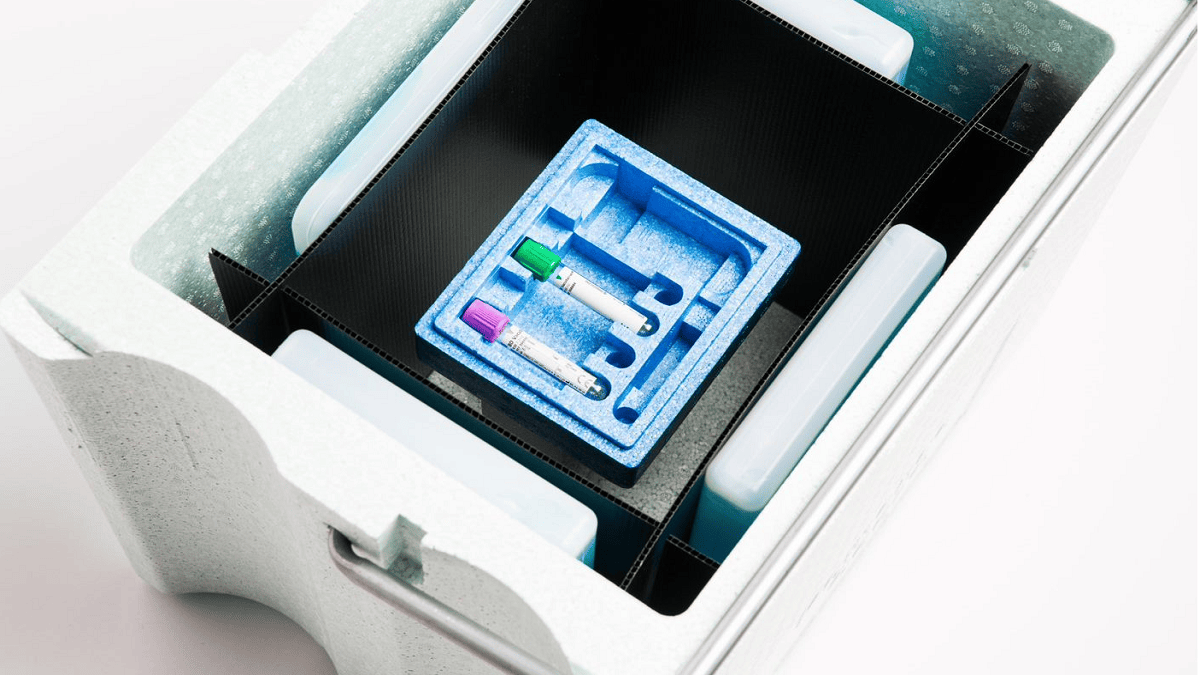
In the food industry, freshness is a must. Thermal insulation and the possibility for the food to breathe without moisture condensation inside the packaging prevent premature rotting. Without a doubt, a valuable ally against food waste.
Comparison of expanding foams and other packaging materials in terms of sustainability
Expanded foams have significant environmental advantages in terms of energy and material resource efficiency, product protection, reusability and recyclability.
-
Energy efficiency
They allow fast and efficient mass production, are lightweight, require less fuel for transport and are easy and cheaper to recycle mechanically than other processes.
-
Optimisation of material resources
Being 98% air, less material is required compared to other packaging raw materials to provide identical protection and cushioning.
-
Guard
They offer high cushioning by themselves without losing their lightness, nor needing to add other materials.
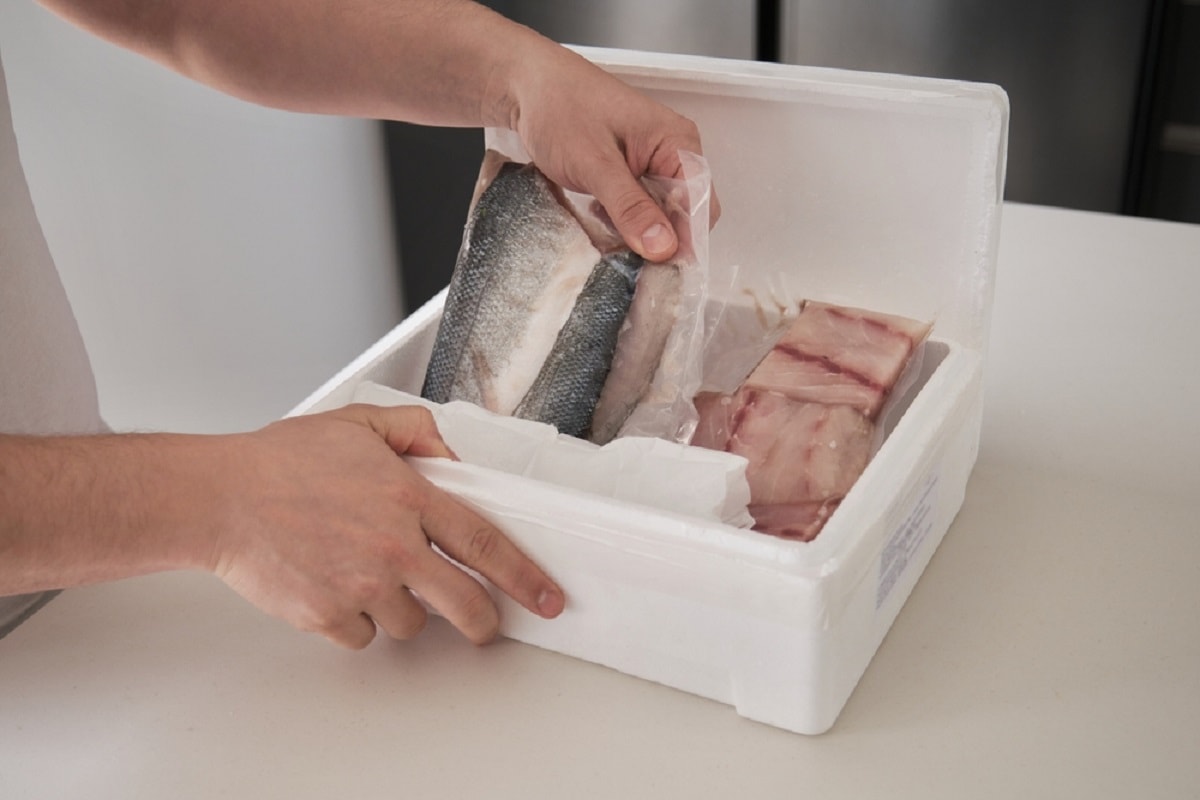
-
Reuse
The EPS packaging can be reused on a personal basis. EPP is washable and returnable with a long reuse cycle if properly treated.
-
Recyclability
Recycling of expanding foams is simple and low cost. Correct management of packaging waste, as well as pellet waste, allows its reintroduction as raw material in new production cycles.
Practical evidence throughout the life cycle shows that expanded foams, EPP and EPS, can be considered as environmentally friendly packaging materials.


